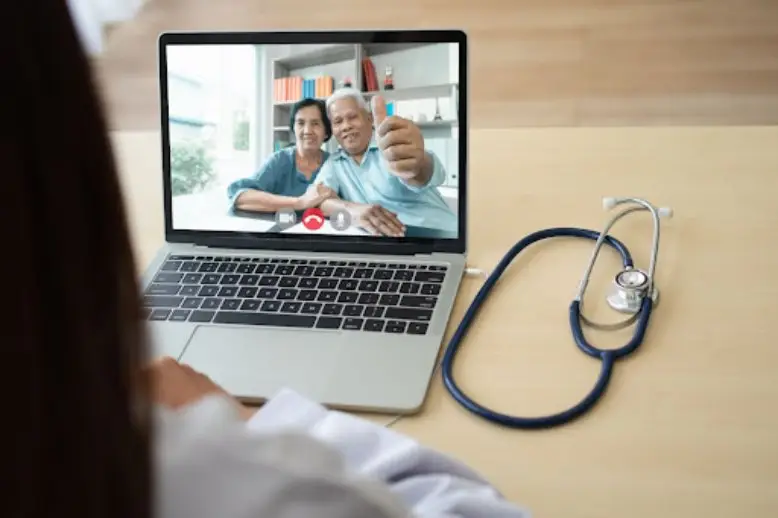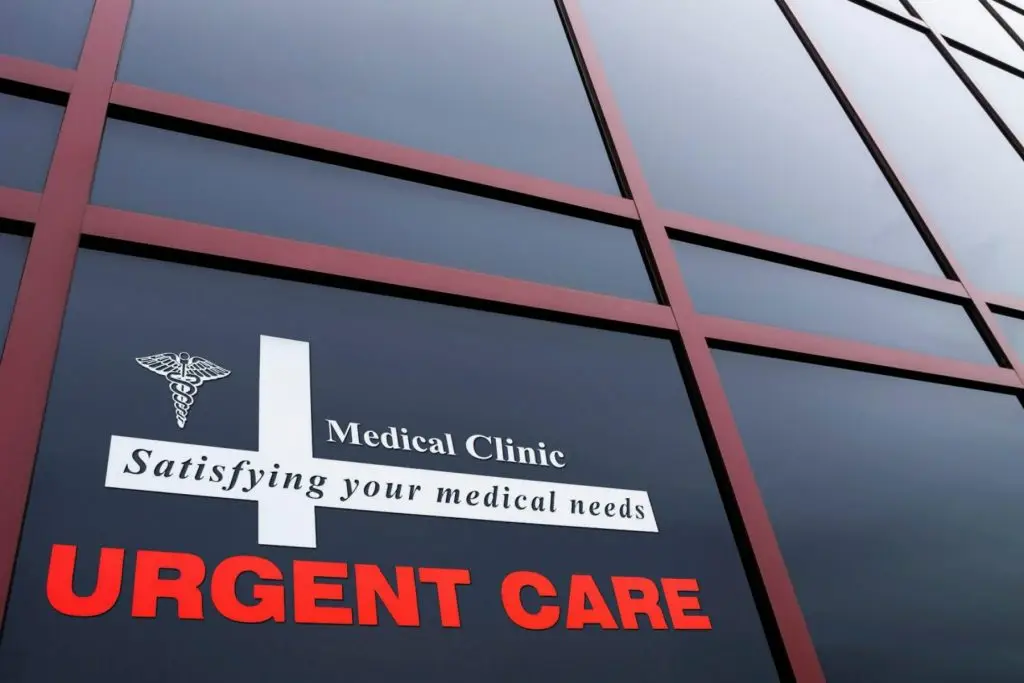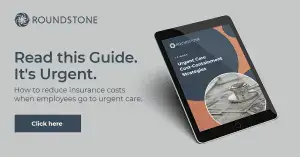Highlights
- Urgent care trends show an increase in urgent care center (UCC) visits among millennials along with a decrease in primary care and emergency room visits.
- Although urgent care may reduce ER visits, there is little difference in the financial impact on the healthcare system.
- Urgent care is more expensive than primary care or telehealth visits, so self-funded insurance plans pay more when employees visit a UCC.
- Look for group captive health insurance that provides employers with cost-containment solutions to minimize the financial impact of UCC visits.
Current urgent care trends highlight the need for fast, convenient healthcare solutions. 2021 saw an increase in urgent care visits by new patients, which led to increased costs for employers.
Urgent care visits can negatively impact health insurance expenses for small to midsize companies. Implementing cost-containment strategies as part of a group medical captive plan can minimize your urgent care-related costs.

Urgent Care Trends
Over the past two years, visits to urgent care centers (UCC) have skyrocketed. Healthcare IT News reported a 58% increase in urgent care visits in 2020. IBISWorld reports a 6.1% annual growth of UCC in America between 2017 and 2022 and estimates the industry as worth over $40.3 billion in 2022.
The growth of the urgent care industry has ushered in several trends in recent years. These include an increase in urgent care visits overall, an influx of new patients at UCCs, a decrease in primary care visits and emergency room visits, and an overall increase in telehealth visits.
Increase in Urgent Care Visits
According to Business Insider, urgent care centers see 89 million patients per year, and that number is expected to rise. Urgent care provides fast, convenient care for needs like blood testing, X-rays, and other mild to moderate health emergencies.
Many people turn to urgent care clinics rather than wait days or weeks for a primary care appointment. Business Insider reports that 94% of people who visited a UCC received care within 30 minutes.
Influx of New Urgent Care Patients
Almost half of people visiting urgent care centers are new visitors, according to healthcare technology company Experity Health. With twice as many people seeing urgent care doctors as in the past, the idea of loyal, returning patients is diminishing. People are no longer waiting to see a provider they’re familiar with; instead, they seek convenience.

Decrease in Primary Care Visits
The increasing number of people visiting UCCs is reflected in the declining number of people visiting their primary care physician (PCP). This is likely due to the growing shortage of PCPs, which leaves many people unable to get in to see their doctor for several days or weeks.
Medical Economics reports that PCP visits have declined with the millennial population and those in the 55-64 age group. This may be because they find their needs are better met by UCCs than their doctors’ offices.
Decrease in Emergency Room Visits
Beginning in 2020 with the pandemic, emergency room visits saw a 42% decline over the previous year. This is likely due to the convenience and cost of urgent care compared to emergency room services.
In 2019, the average ER visit cost $1,082. Additionally, wait times in some ERs are often much longer than those in UCCs, prompting many people to opt for urgent care over the emergency room.
Increase in Telehealth Visits
With a 63-fold increase in telehealth visits in 2020, UCCs have begun implementing telehealth as part of their care services. Approximately 85% of American UCCs were using telehealth by mid-2020. This made urgent care more accessible to patients who might otherwise have gone to the emergency room.
Many patients seeking care can now opt for telehealth through their PCP or an urgent care center, especially for follow-up care or education on managing chronic conditions.

Impact of Urgent Care Trends on Employer-Funded Health Insurance
The rise in urgent care visits has a net-negative effect on small and mid-size employers who self fund healthcare insurance for their employees. Although urgent care is reducing the number of costly emergency room visits, the expense for employers is still higher than primary care or telehealth visits.
Higher Costs Despite Fewer ER Visits
A 2021 Health Affairs report studied the impact of UCCs on lower-acuity ER visits. The study found that each ER visit prevented by someone using a UCC instead correlated with 37 additional urgent care visits, for a cost of $1,646 for ER care compared with $6,327 for care received at UCCs.
Employees turn to urgent care because it is less expensive for them than the ER. However, for employers looking for healthcare cost-containment strategies, the cost of a visit to a UCC is much higher than a PCP or telehealth visit. And according to the Health Affairs report, if an urgent care visit results in more visits compared with a single trip to the ER, UCC use can even cost more than emergency care long term.
Missed Opportunities for PCP Visits
The convenience of urgent care means that people are not visiting their PCP as often. The result is that they are forgoing routine checkups, screenings, and chronic condition management. This puts them at greater risk for medical complications and emergencies that require urgent care or emergency room visits.
Whether they choose the emergency department or an urgent care center, as an employer, you pay more when your employees wait to seek care. The least costly options are routine PCP visits that keep your employees in good health.
Explore Group Captive Insurance: A Solution to Costly Urgent Care Trends in 2021
To help reduce reliance on urgent care in your organization, make sure you can design your health care plan to steer employees toward lower-cost primary care and telehealth when appropriate. With group captive insurance, for example, you have the opportunity to design your health insurance plan to cut costs in different areas.
As part of a group captive, you can implement cost-containment solutions, such as a Direct Primary Care plan or employee well-being programs. You can also utilize a concierge service to assist employees with their ongoing care and provider needs. These plans incentivize employees away from urgent care and ER visits and back to their PCPs.
Download our free eBook Urgent Care Cost-Containment Strategies to learn specific ways a group captive plan with Roundstone can save you money and help you cut down on rising urgent care costs while providing your employees with high-quality care.










